Is your business prepared for disaster? This question creates anxiety for many business leaders, but it doesn’t have to. Others are overconfident in dismissing the possibility of encountering a disaster, thinking their business is disaster-proof. But if 2020 has taught us anything, it’s taught us that the unexpected can and does occur.
Think for a moment what would happen to your business if your primary physical location were to undergo some kind of natural or humanmade disaster. Most likely, your physical building will be rebuilt. Your insurance will see to that.
But what about your digital infrastructure?
If all the technology in your building were demolished, could you carry on? Or would the data losses be insurmountable?
Of course, natural disasters like floods or tornadoes aren’t the only concern, either. What if your business became the victim of a ransomware or malware attack? If your on-site systems were rendered useless, what would you do to get your business operational again?

The Solution: A Disaster Recovery Plan
The solution to all of these disaster scenarios is the same: you need a comprehensive disaster recovery plan for your business. This disaster recovery plan will naturally include physical and facilities planning and personnel safety planning, but what we want to focus on today is your data backup and disaster recovery plan.
Below, we’ll outline several of the elements you’ll need to incorporate into your disaster recovery plan. Of course, we don’t recommend going this alone: the technical side of data recovery is, well, technical.
Southeastern Technical has a proven track record of IT and data disaster recovery. We can partner with you to implement the elements below and more.

1. Understand What Equipment Is Mission-Critical
Your organization’s IT footprint likely contains all sorts of equipment. Every piece has a purpose, but not every system is mission-critical. Take time now to craft a list of everything you need to maintain core business functions. This list is different than your full IT inventory. It’s what you need to rebuild to barebones functions in the case of a disaster.
2. Know How to Source Replacement Mission-Critical Equipment
If you’ve lost some of your mission-critical equipment, it’s essential to know how to replace it. If a disaster is large enough in scale, there may be supply chain disruptions that complicate this. But in the event of a localized disaster (say, your building floods and your servers are toast), you need to know what vendors to contact to get equipment replaced. You should also have a good idea of how quickly you can get that equipment.
Speed of equipment replacement is a significant part of the next point, establishing your recovery timeline.
3. Establish Your Recovery Timeline
Another critical step is to establish your recovery timeline. It’s essential to think about how long your business could remain offline before you’d reach an existential crisis.
For example, a small retail shop could easily close for a week or two without significant damage to the business. But if your business is to provide high-tech or mission-critical services to other clients, even one day of downtime could spell the end of your company as you know it. Downtime of several hours might still be too much.
Your recovery timeline should include a time to core function restoration as well as a time to normal business operations.
Knowing exactly how long you can survive being down will directly affect other choices in your disaster recovery plan.

4. Share Information Widely
The above points are not themselves your entire disaster recovery plan; they’re simply a rough place to start. Still, make sure to share with others the information you’ve gathered in those steps.
When disaster strikes, you may not be on site. You might be unable to get to your business, or you might be incapacitated yourself. If you’re the only one who knows the basics of your plan, you’re adding unnecessary risk to the situation.
5. Formulate a Data Backup Plan (or Review Your Existing Plan)
Replacing destroyed equipment is an important component of your disaster recovery plan, but what good is that equipment without the information it contained?
Every business needs some form of data backup solution. What exactly you need depends on what your company does. If you don’t have a data backup plan at all, we can help you get started.
If you do have a plan, now is the time to evaluate that plan. Ask questions like these:
- Where is the backed up data stored?
- How quickly can your backup provider get you up and running again? (If you’re measuring your timeline in minutes, but your provider can only promise hours or days, you’re in danger.)
- Does your backup system function as intended (in other words, are the backups actually running)?
- How frequently are various systems backed up?
Many businesses see the value of having multiple forms of backup. On-site backups often offer the speediest recovery times, but they aren’t very useful during a physical, on-site disaster. Cloud backups are resilient, but some services don’t have the greatest speed to restoration.
Again, there’s no one-size-fits-all answer here. Your business’s needs are specific to what you do, and we’re happy to help you walk through these questions.
6. Consider a Generator or Other Backup Power
Some disasters might not affect your physical building or equipment but could damage the electrical grid. If your business can’t afford downtime during a localized power outage, consider purchasing a generator or other backup power solution appropriate for your needs. Sometimes keeping the lights (or servers) on is critically important, and you might be better off taking this into your own hands.
For critical systems, an uninterruptible power supply (or UPS) could be worth the investment. Commercial versions can support a range of equipment as well

7. Perform Regular System Tests
The shiniest, highest-priced data backup solution is entirely useless if it’s not functioning as intended. Many IT professionals can tell you war stories of corrupted backups or backup systems that weren’t ever actually turned on. When disaster struck, there was nothing that could be done.
Perform regular system tests to ensure that your backup and disaster recovery tools are working as intended. Periodically check completed backups to ensure they are usable (and that they exist in the first place!). A little extra effort here can stave off true disaster later.
8. Regularly Reevaluate Your Backup Schedules and Plans
Your business doesn’t stay stagnant, and your backup and disaster recovery plans can’t, either. As a part of your system tests or on some other set schedule, take time to regularly reevaluate your backup plan and schedules. Have you added new systems, and are they being backed up? Have your business needs or service delivery requirements changed, and are your existing recovery timeframes and backup frequencies still sufficient?
Regularly assessing these schedules and plans will help ensure all your systems remain appropriately protected.
9. Choose the Right Partner for Backup and Disaster Recovery Services
All of this is far too complex and time-consuming for most businesses to handle on their own. Most turn to a managed IT provider to design and maintain their backup and disaster recovery solutions. If you’re already doing this or looking to begin, it’s essential to choose the right partner.
Southeastern Technical understands backup and disaster recovery. This crucial arena is a big part of who we are, and we’ve helped numerous firms prepare for the worst. If you’re ready to prepare for the unexpected, we’re here to help. Reach out today to get started.






